Day 3 : Hunter Valley - 51 km
A Lost Opportunity
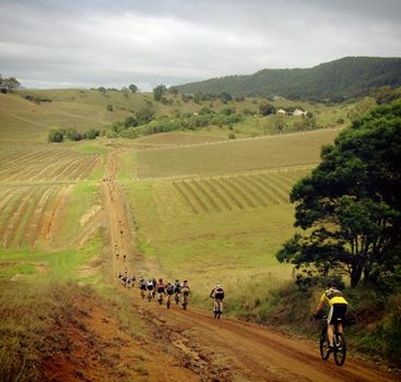 Leaving the start (Flow Magazine, 2014)
Leaving the start (Flow Magazine, 2014) The start involved an early pinch climb, a few hundreds metres into the stage, a rapid descent and then approximately five kilometres of climbing. Despite a good warm-up, I felt decidedly average and quickly lost ground on my rivals.
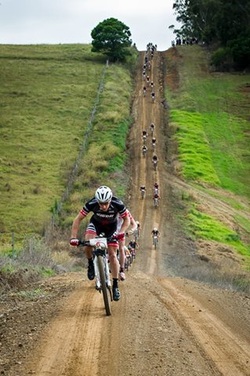 The early leaders (Flow Magazine, 2014)
The early leaders (Flow Magazine, 2014) I was able to work with others on the short bitumen section, and as we negotiated the Aberdale State Forest Roads, I tried to swap turns with Ben Jacka, who was looking comfortable on his home trails. I eventually lost his wheel and found a new partner in John Elliott, sitting one place behind me in the Masters 1 Category. This proved a fruitful partnership until I took a bad line into a corner, unclipped in a gully and the following crunch (I found out later) was John Elliot launching over the bars. His rear hangar bent, meant I lost his support for the rest of the ride.
I closed and passed other solo riders, including Craig Barnes, who exclaimed his day was pretty much done and he had no legs to follow. I rode alone to the finish, through the Richmond Vale Railway Museum, a strange and eerie place reminiscing days long since gone.
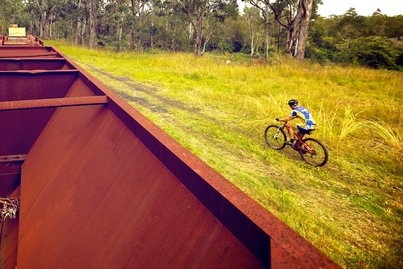 Coming into the finish alone (Flow Magazine, 2014)
Coming into the finish alone (Flow Magazine, 2014) Tomorrow's final stage will be a power day, incorporating bike paths, stair climbs, Glenrock MTB Park and a beach section, before finishing the event at the spectacular Nobbys Beach Reserve.
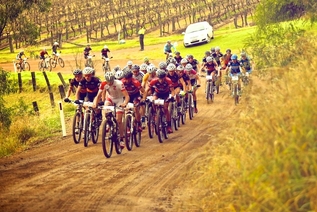
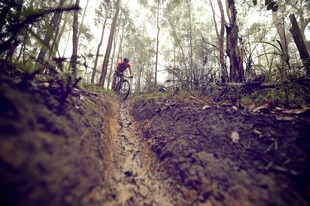
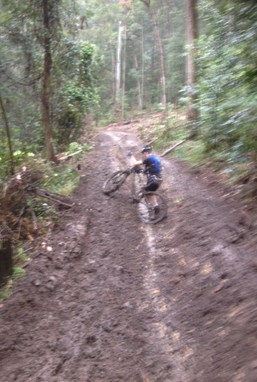
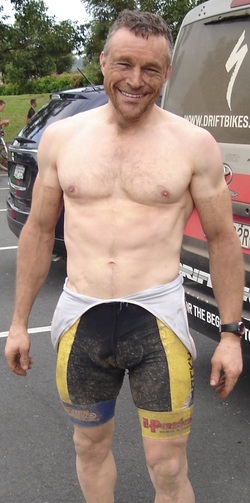
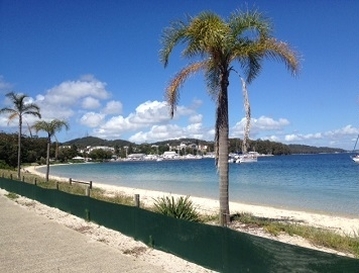
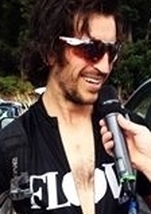
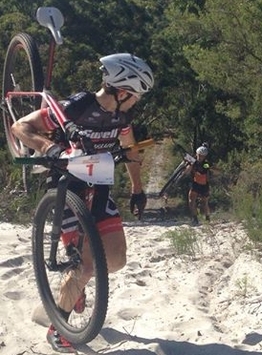
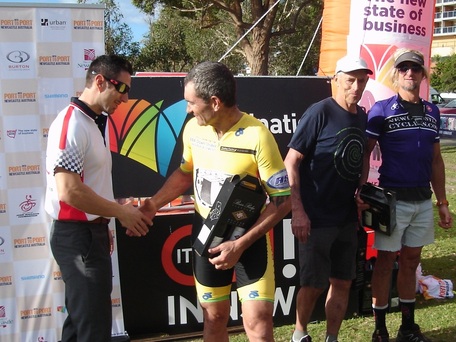
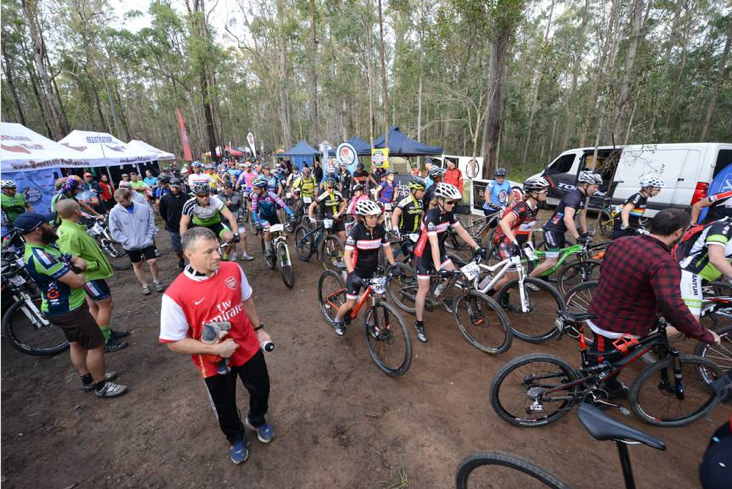

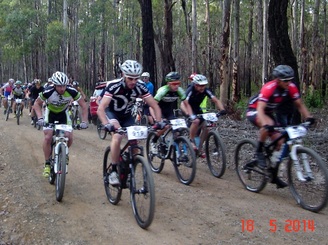
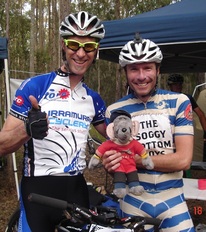
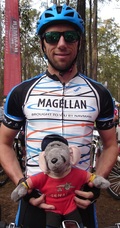
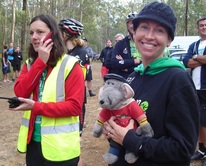
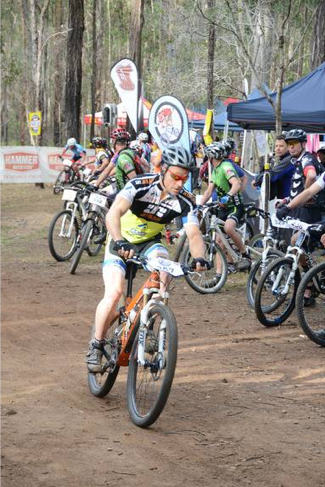
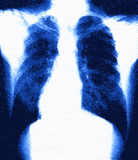
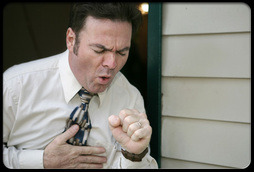
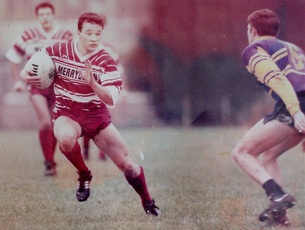
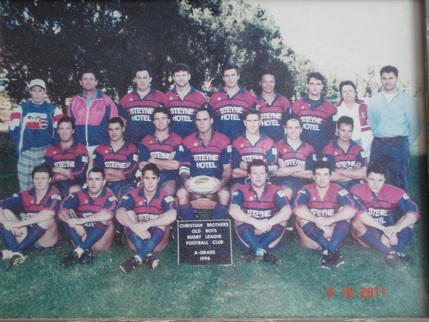
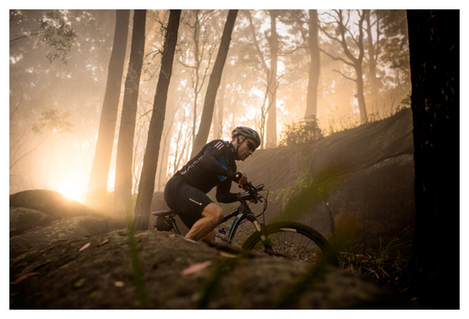
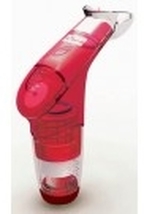
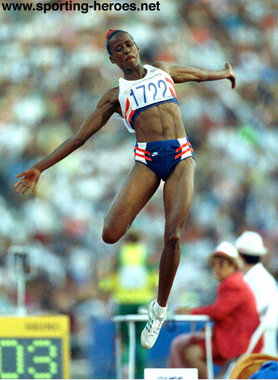
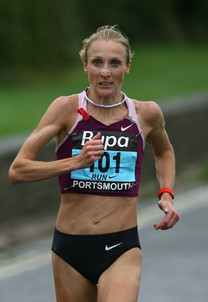
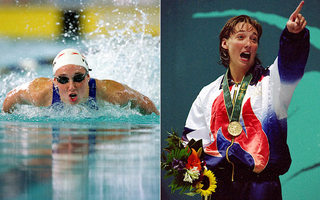
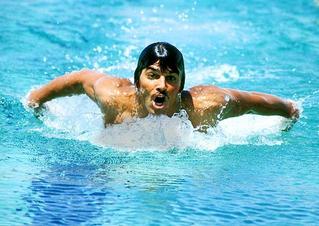
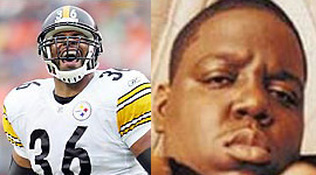
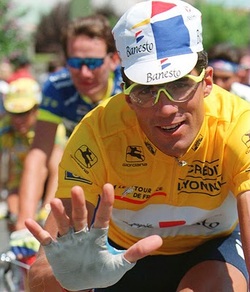
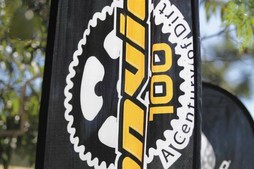
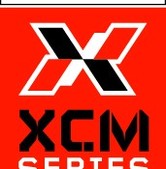
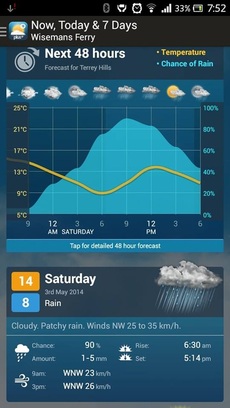
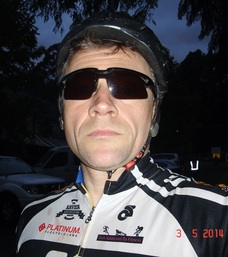
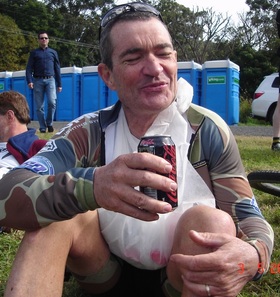
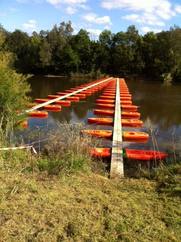
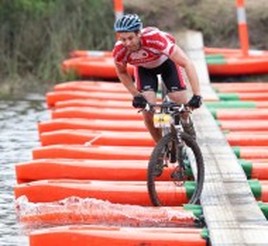
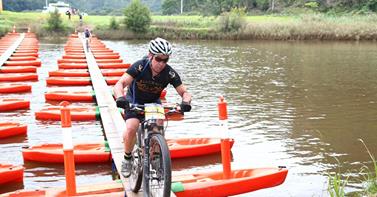
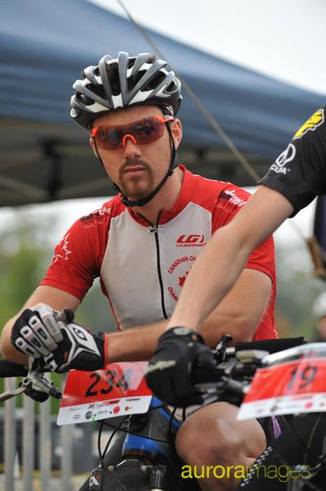




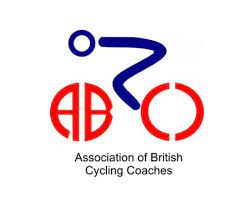
 RSS Feed
RSS Feed
